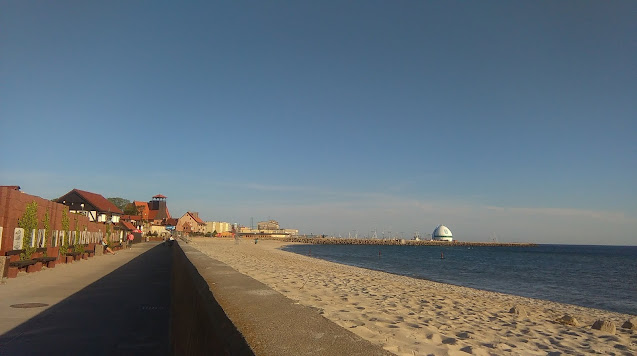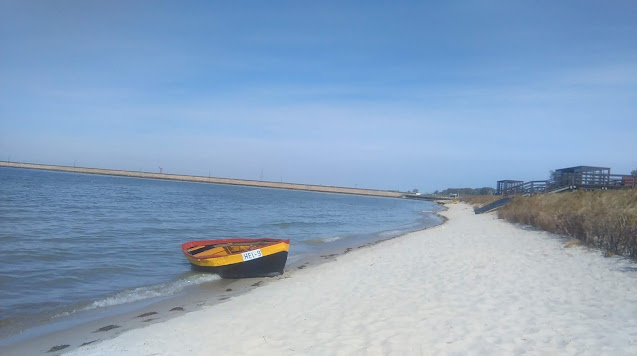Hel is a town located on the tip of the Hel Peninsula in the Puck County of the Pomeranian Voivodeship in Poland. Situated about 33 kilometers from the Polish mainland, Hel holds historical significance and offers various attractions.
The village of Hel, known as Gellen, was mentioned in 1198 as a hub for herring trade in the region. It gained prominence as a trade center, rivalling the nearby town of Gdańsk, and featured a church, hospital, city house, marketplaces, guest houses, and a small port. However, due to marine erosion, the peninsula started to shrink, prompting the town to be relocated to a safer area. In 1417, St. Peter's Church, dedicated to the patron saint of fishermen, was built in the town.
The town faced challenges during the 17th and 18th centuries, enduring warfare and natural disasters that caused severe damage and depopulation. In 1872, the German government, which had authority over the area, abolished the city rights granted to Hel six centuries earlier, diminishing its significance. However, the construction of a fishing harbor in 1893 revived the village, attracting visitors from Danzig and Zoppot for weekend trips. In 1896, Hel was granted the status of a seaside resort.


After World War I and the Treaty of Versailles, Hel became part of an independent Poland. The establishment of a railway in 1921 connected the town to the mainland, contributing to its development as a prominent tourist destination in Polish Pomerania. The village saw the construction of new villas for tourists, as well as a church, school, fishing institute, and geophysical observatory. Hel also became one of the main naval bases for the Polish Navy, with the harbor expanded and the peninsula declared a "Fortified Area" by the president in 1936.
During the invasion of Poland in 1939, the Hel Peninsula became a significant stronghold of Polish Army resistance. Despite overwhelming odds, Polish forces defended the area until October 2, 1939. Polish military engineers eventually separated the peninsula from the mainland by detonating torpedo warheads, turning it into an island. The Hel naval base was used by the German Kriegsmarine to train U-Boat crews during World War II. The German units in Hel surrendered on May 14, 1945, six days after Germany's capitulation, making it the last part of Polish soil to be liberated.
After the war, the village once again became a naval base. In 1960, a road linking Hel with Jastarnia on the mainland was constructed, and city rights were reintroduced three years later. The tourism industry began to recover, leading to the construction of hotels, guest houses, and pensions. In 1996, the Polish Navy sold all remaining parts of the peninsula to civilian authorities, leaving a small naval base in place. Today, the harbor primarily serves as a yacht marina, with fishing boats and ferries operating to Gdańsk, Sopot, and Gdynia during the summer. Hel features a sea life biological laboratory, exhibits showcasing naval armament and equipment, and a popular beach along the shore between the inner and outer harbor walls, where a seal sanctuary can be found.
















0 komentarze:
Post a Comment